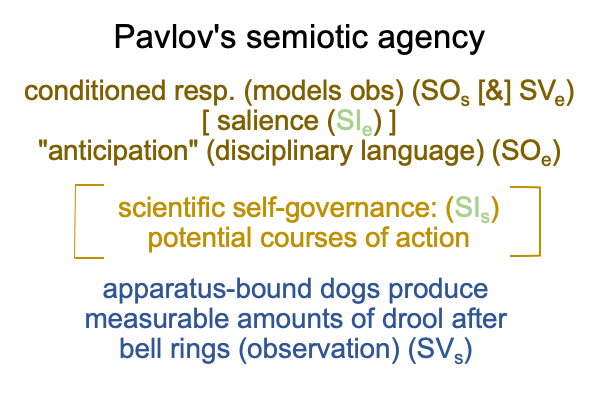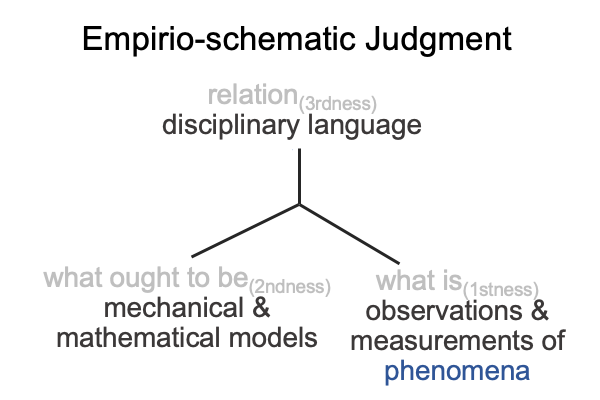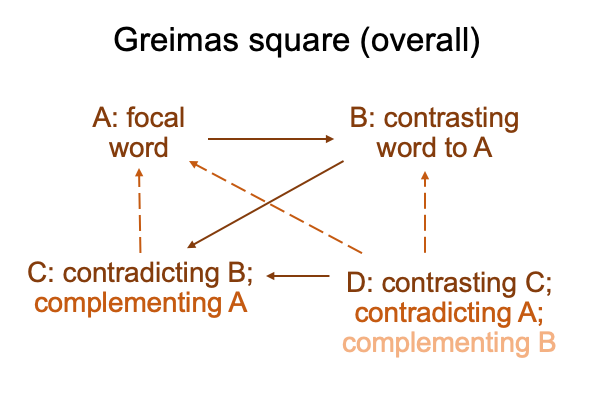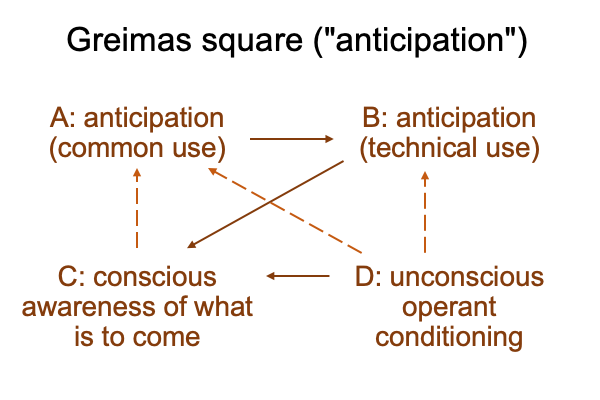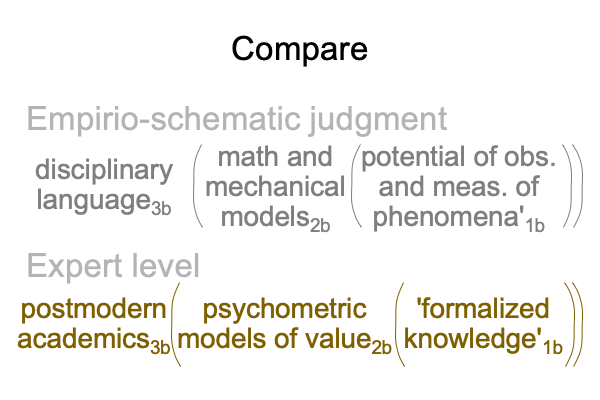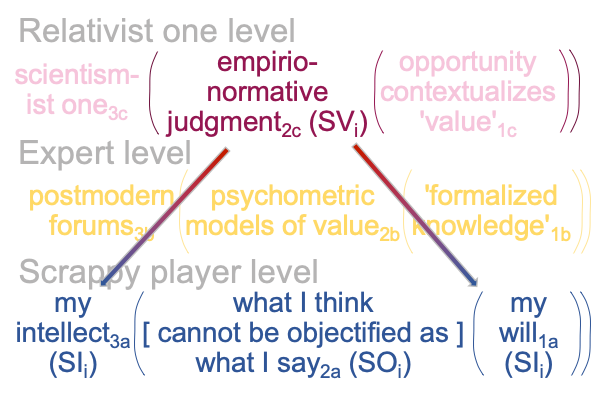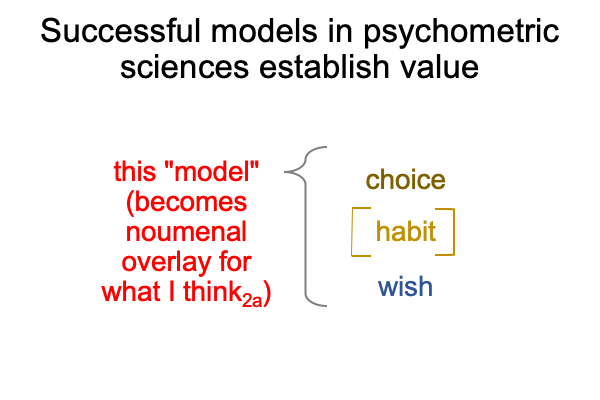Looking at Alexei Sharov and Morten Tonnessen’s Chapter (2021) “Agency In Non-Human Organisms” (Part 2 of 7)
0541 In section 4.2, the authors discuss the prokaryotes. These single-celled organisms are independent and fierce. For the most part, they operate exclusively. But, they do have moments of compatibility, due to horizontal gene transfer.
I once got a bacterial infection after… you know… having fun in the foolish ways of a human contractile vacuole. My body did all it could to exclude the damn things. But, they won and… what is that?.. you call it “penicillin”?… then I was miraculously cured. But, I learned a lesson. No more having fun in ways that I can get bacterial infections.
0542 In section 4.3, the authors discuss the eukaryotic transition. Here, the second column comes into play, because eukaryotes look like big bags of specialized prokaryotes. The impediments to prokaryotic incorporation are enormous. So, empedoclements seem to be miraculous – not in the way that some people define “miracle” as “something that is not physically possible”, but in the way that a miracle is simultaneous foretold and unexpected. The empedoclement is the inverse of an impediment. It is as unlikely as an impediment is likely.
The eukaryotic cell is so complicated, compared to prokaryotes, that I find it hard to imagine how a transition from prokaryote to eukaryote could have happened. Certain prokaryotes, at first independent and great at doing one metabolic trick or another, found that they are compatible. Then, they incorporate and form an agent. The agent reproduces. Agents that are most capable of aligning of all the former prokaryotes, reproduce more successfully than others.
0543 Here is a picture that may look familiar.

0544 Even though the eukaryotic cell lives in the outside world, the cell as agent acts as though it is the outside world to all the organelles. The organelles end up fully domesticated. They all live in the big house… er… cell. And, they cannot leave.
Sometimes, a eukaryote will “ingest” a prokaryote and not “digest” it. The prokaryote turns out to perform a task that benefits the eukaryote. Mitochondria and chloroplasts come to mind. Once, ingested, the cell can exploit a compatibility, leading to incorporation, rather than digestion (which is a type of exclusion that um… when I think about it… is also an incorporation).
0545 In section 4.4, the authors discuss multicellularity within the eukaryotic tradition. At the beginning, this looks like the second column at play, at least to the point that when the multicellular organism dies, its subagent cells die with it.
When you think about it, the whole proposition is madness.
When a multicellular agent dies, every cell dies with it.
That is so unfair, unless every cell in a multicellular organism is fully “domesticated”.
It makes me think that maybe it may not be so awesome to be fully domesticated.
0546 So, perhaps it is only to be expected that a specialized organ would be tasked with keeping the animal alive by interacting with both the environment and the body. A nervous system allows the environment and ecology to um… “domesticate”… the animal as agent, in so far as an animal lives and reproduces in an environment (material world) and ecology (relational world). Both offer “affordances”, that is, actualities2a that can be exploited or need to be avoided1b.
0547 Section 4.5 discusses the nature of the nervous system in animals.
Yes, the nervous system specializes. Its goal is to keep the animal alive by interacting with environment, ecology and body. Consequently, the nervous system must behave as if it is an agent. But, it is really a subagent of the animal as an agent. Up to around seven million years ago, this was not a problem. Not even the chimpanzee really considers that there is a biological subsystem that behaves as if it is the whole system, even through it is not.
0548 It’s like my macronuclear boss, so keen on the inner workings of conflict and cooperation, strife and love, that he thinks that he is the institution… or is it?… the organization. Hmmm, institution sounds like agent. Organization sounds like a multitude of subagents, like myself.
0549 The authors do not dwell on the awkward position that the nervous system finds itself in.
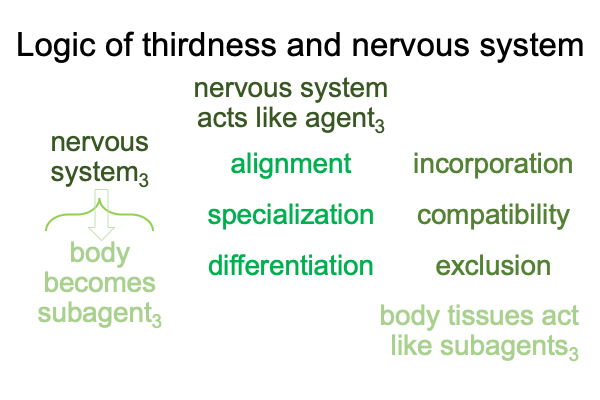
The nervous system is like an institution. The body is like its organization. All the organs, tissues and cells are like individuals in community, who are not aware that… if the community goes… they go with it.
0550 Should the three logics of thirdness for the nervous system operate differently from earlier cases where an animal is the agent?
I suppose so, since the nervous system represents “the agent” within the environment and ecology. Here the logics of exclusion, complementarity and alignment sound like ways to survive where natural selection is the normal context. Exclusion goes with the fact that everyone is on the menu. Specialization associates to various tricks that a species masters in order to exploit the environment or ecology and to avoid… back to the menu business. Differentiation keys into a very funny innovation that the multicellular lineage discovers that gets around the problem of all the cells dying when the big house fails.
0551 Yes, I am talking about sexual differentiation.
Talk about empedoclements!
0552 But, I am talking about the nervous system, which has to take various urges into account, because it is also a subagent, even though it regards itself as “the agent”, and performs its duties reasonably well.
Exactly who (or what) is “the agent” in a multicellular organization?
0553 The nervous system represents the environment and the ecology to “the agent”. The nervous system moves “the agent” within the environment and the ecology. Plus, the nervous system represents all the subagents of the body to “the agent”. And, the nervous system monitors the subunits of the body for “the agent”. And, on top of all this, the nervous system is totally unaware that it is a subagent of “the agent” that it pretends to be.
0554 To me, it is hard to imagine that evolutionary processes would produce something so hilarious.





